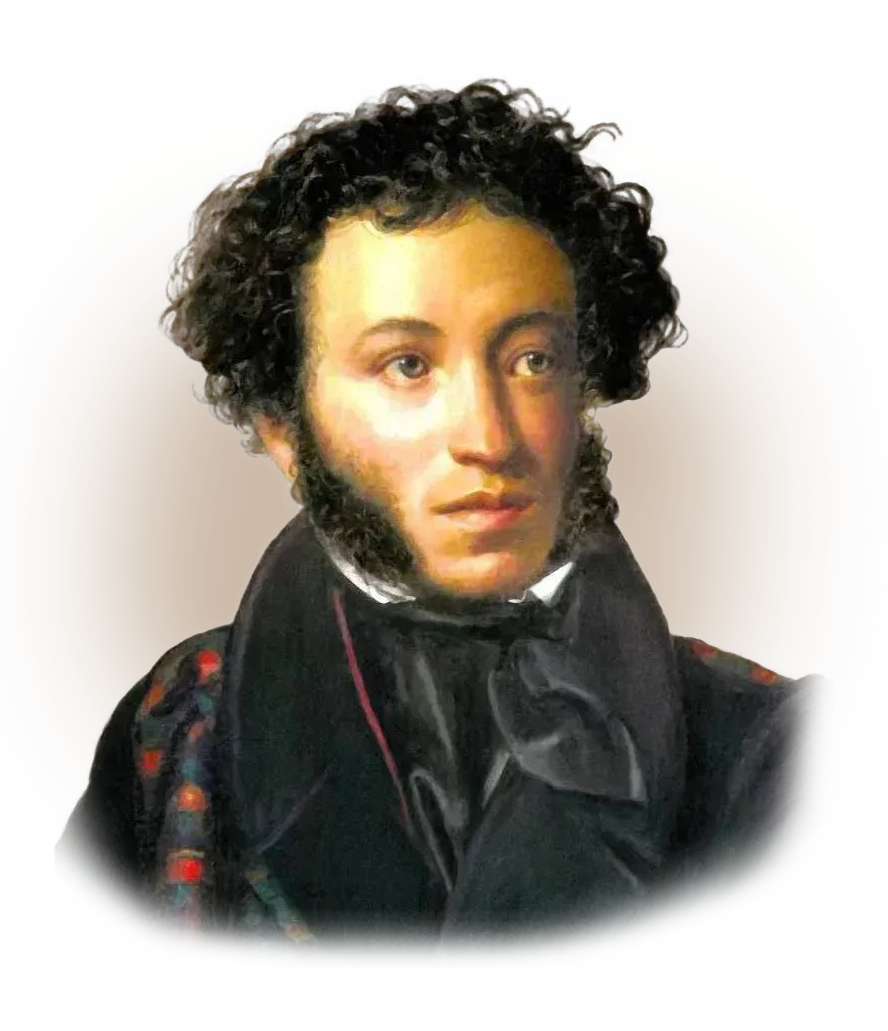
06.01.2023
Boldinskaya autumn of 1830 is the time and place that gave Russian literature the best works of A.S. Pushkin.
Autumn has always been a period of creative inspiration for the poet, but three months in Boldin is the most fruitful and productive period in his creative life. After getting out of Boldino, the poet writes to a friend: “I wrote in Boldin, as I haven’t written for a long time.” Three years later, in 1833, Pushkin again came to Boldino and again found inspiration there. Since then, the image of the crimson-gold “farewell beauty” of Russian nature has attracted millions of people who contemplate its “magnificent withering” and exclaim: “It’s a sad time! Eyes charm!”.
History
The village of Bolshoe Boldino is an ancient (since the XVI century) patrimony of the Pushkin family. In September 1830, on the eve of his wedding with Natalia Goncharova, the poet went to Boldino to solve some financial issues. He was going to stay there for a short time, but the outbreak of the cholera epidemic forced him to stay in the village for three months. During this time, about 30 poems were created, among them such famous ones as “Demons” and “Elegy”, the novel in verse “Eugene Onegin” was completed, the cycles “Little Tragedies” and “Belkin’s Stories” were written, as well as two cycles of critical articles.
The Boldin autumn in October 1833 turned out to be no less productive, although not as famous. In a month Pushkin wrote the poems “The Bronze Horseman” and “Angelo”, “The Tale of the Fisherman and the Fish”, “The Tale of the Dead Princess and the Seven Heroes”, “The Queen of Spades” and a number of poems, and also finished “The Story of Pugachev”.
Condition
Boldino is one of those “talking” places that will tell more about the life of a famous person than volumes of his biographies. It is believed that time turns back here, and you find yourself in the era of Pushkin. The original house and manor park of the XIX century have been preserved in Boldin. The picturesque park is located around a cascade of ponds. Among the trees of the manor park there are contemporaries of Pushkin. Opposite the front porch of the manor house, a larch grows, according to legend, planted by the poet.

In total, the Museum-Reserve includes thirteen architectural objects. The manor house houses the literary and memorial exposition “Pushkin in Boldin”. The patrimonial office has also been restored, in the residential half of which Pushkin stayed on his last visit to Boldino in 1834. The manor complex has been completely restored: the manor kitchen, a stable with a carriage house and a barn, a people’s room, a bathhouse, and the stone church of the Assumption have been recreated. The reserve also includes the Luchinnik grove, a place of favorite horseback riding. Pushkin, where a spring with clean spring water has been preserved. Boldino is an object of cultural heritage of federal significance.
Impressions
Celebrations dedicated to the birthday of Alexander Pushkin are held annually in Bolshoy Boldino. The program of the holiday includes the ceremony of awarding literary prizes “Boldinskaya Autumn”, reading poetry.
The scientific Pushkin conference “Boldin Readings” is being held in Boldin. Boldino is included in the route of the annual All-Union Pushkin Poetry Festival. The Museum-Reserve annually participates in the preparation and holding of the All-Russian Festival of Opera and Ballet Art “Boldinskaya Autumn”. In addition to thematic excursions, the museum offers additional programs such as “The Ball of the Pushkin era”, a theatrical excursion “The History of the village of Goryukhina …”, a game program for children “On the green, on the meadow”, a program for newlyweds “Wedding in Boldin”.
Visitors to the museum have the opportunity to take pictures in costumes of the Pushkin era, ride a phaeton.




